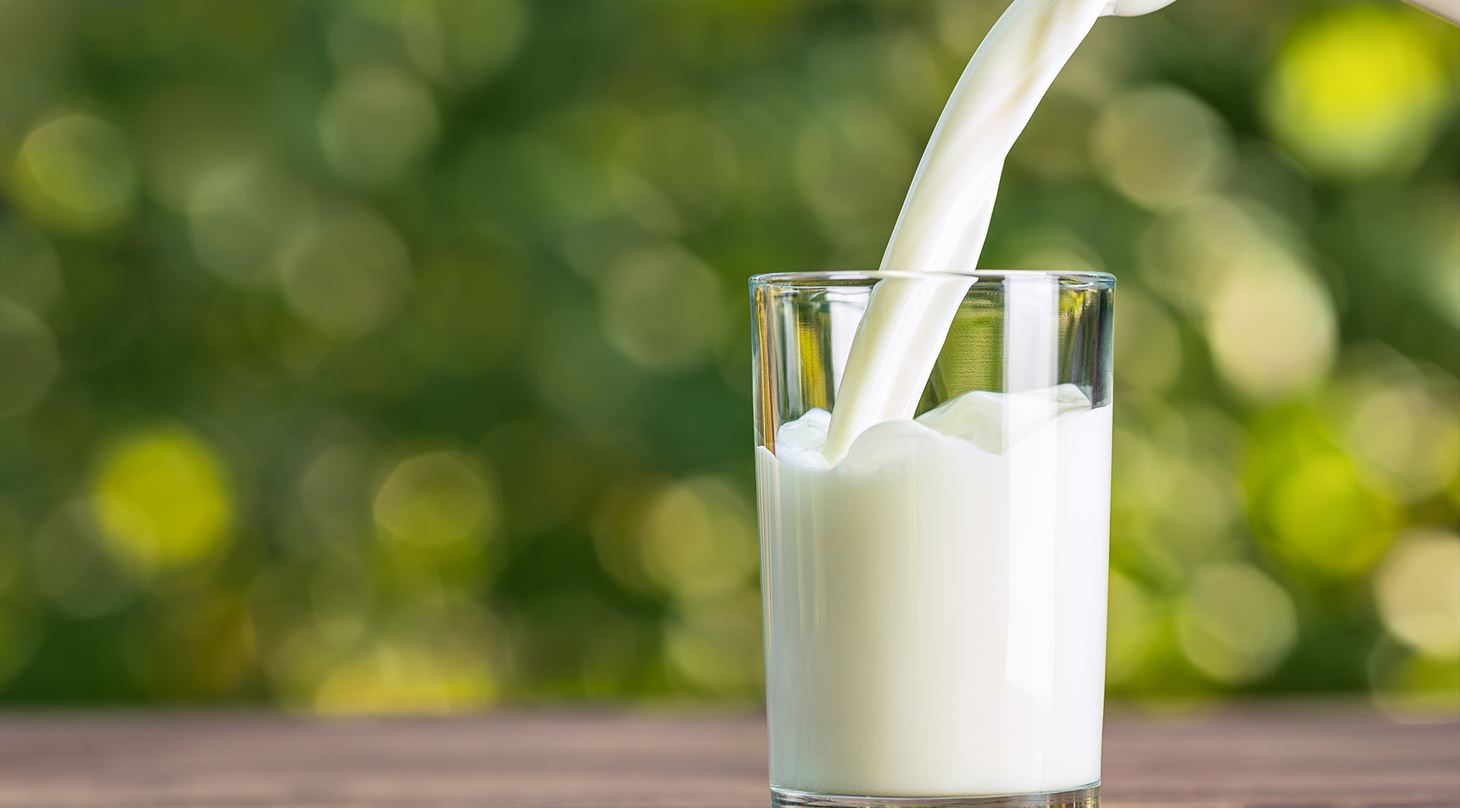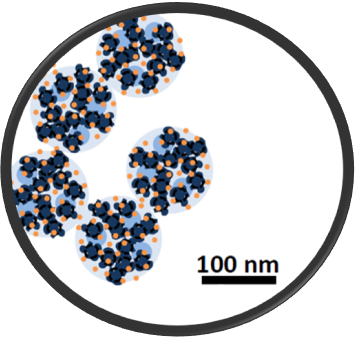
X-ray measurements document gentle pasteurization of milk
The company Lyras develops and manufactures systems for UV treatment of milk and other liquid foods, and in that context, there was a desire to ensure that food quality is not compromised during the process. Here, the experts in advanced characterization at the Danish Technological Institute were able to help.
The vast majority of dairy products are produced from pasteurized milk—that is, milk that has been heat-treated to eliminate unwanted bacteria. This is an energy-intensive process that can risk damaging proteins and other nutrients in the milk if not carefully controlled.
As a more energy-efficient alternative, UV light can be used to inactivate the bacteria, and that is exactly what Lyras works with. The company develops and produces UV treatment systems for milk and other liquid foods. Here, it is crucial that the quality of the food is not diminished during the treatment.
 With milk, for example, it is essential that the nanostructure of the protein remains unchanged so that it can be used in dairy products and provide the desired functionality in terms of both nutritional content and texture.
With milk, for example, it is essential that the nanostructure of the protein remains unchanged so that it can be used in dairy products and provide the desired functionality in terms of both nutritional content and texture.
X-ray measurements demonstrate unchanged nanostructure
The Danish Technological Institute, in collaboration with Lyras, has conducted X-ray measurements on whey before and after UV treatment.
- Synchrotron X-rays can be used to verify whether—and how—specific treatments impact the integrity of functional ingredients in foods, explains Hanna Leemreize, Senior Specialist at the Danish Technological Institute.
Using the SAXS analytical technique, it was thus demonstrated that the nanostructure is not altered by the UV treatment, and that the process can therefore be considered extremely gentle on the whey proteins.
The Danish Technological Institute’s services, utilizing large-scale research infrastructures, provided us with valuable insights in the development of our own process at Lyras. We can highly recommend partnering with them.
- Thomas Y. Michaelsen, Head of Research at Lyras A/S